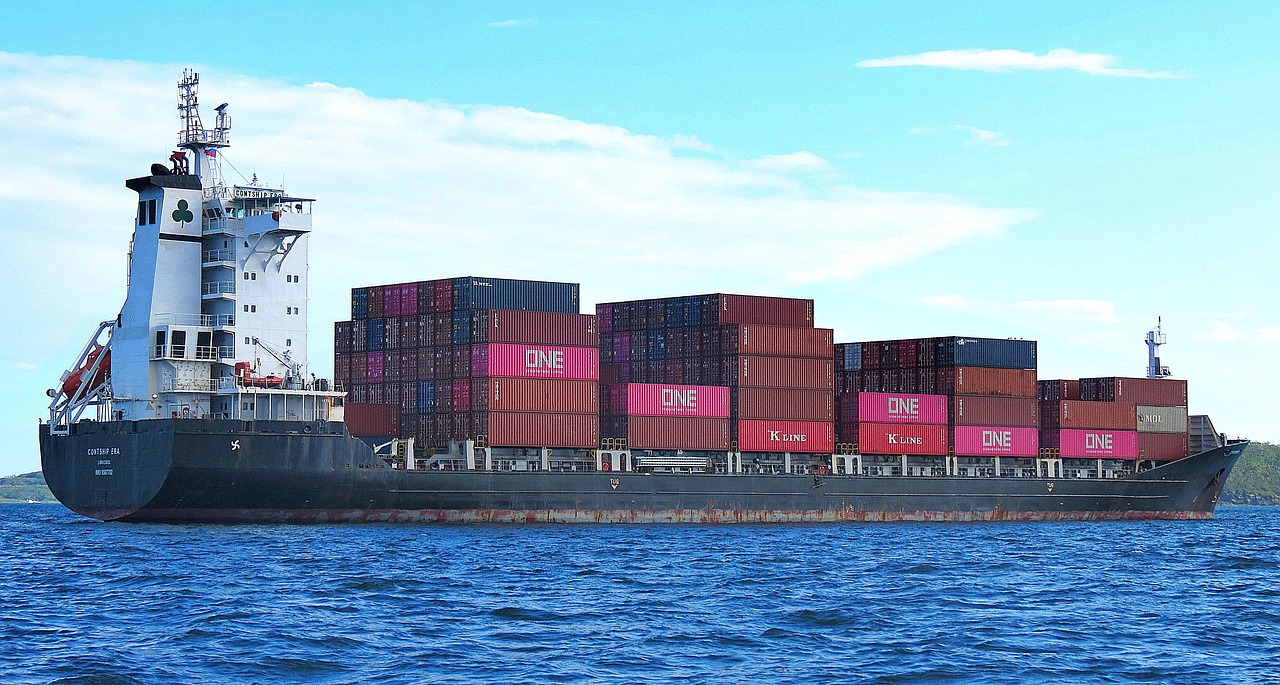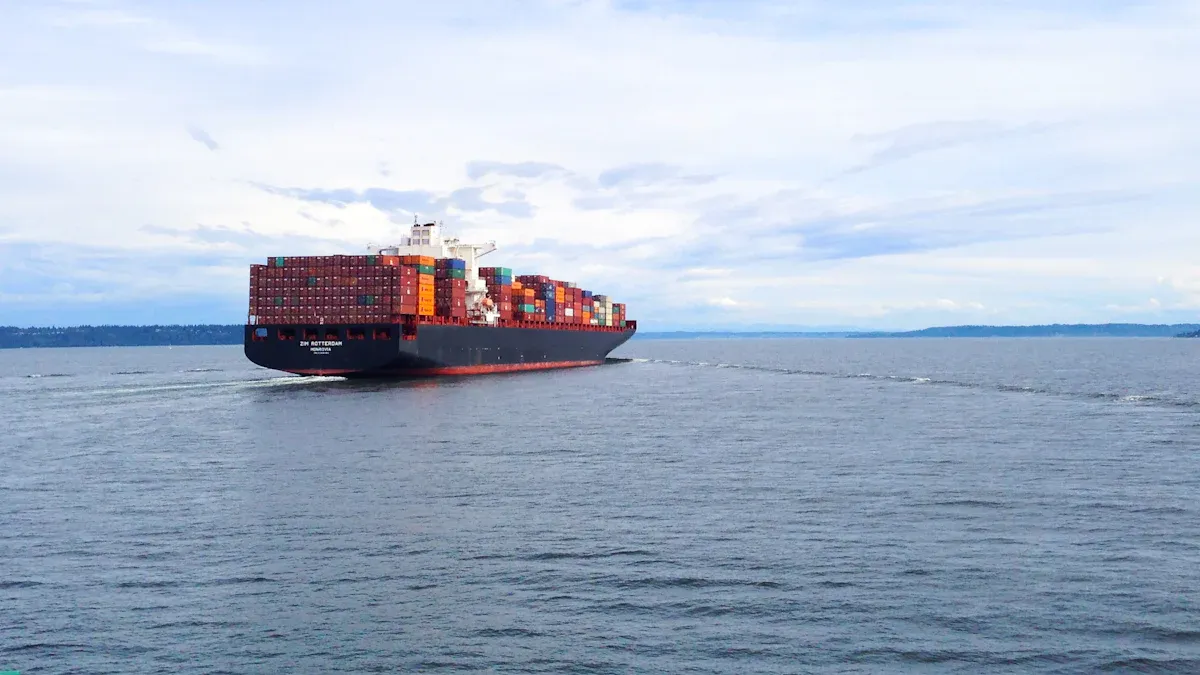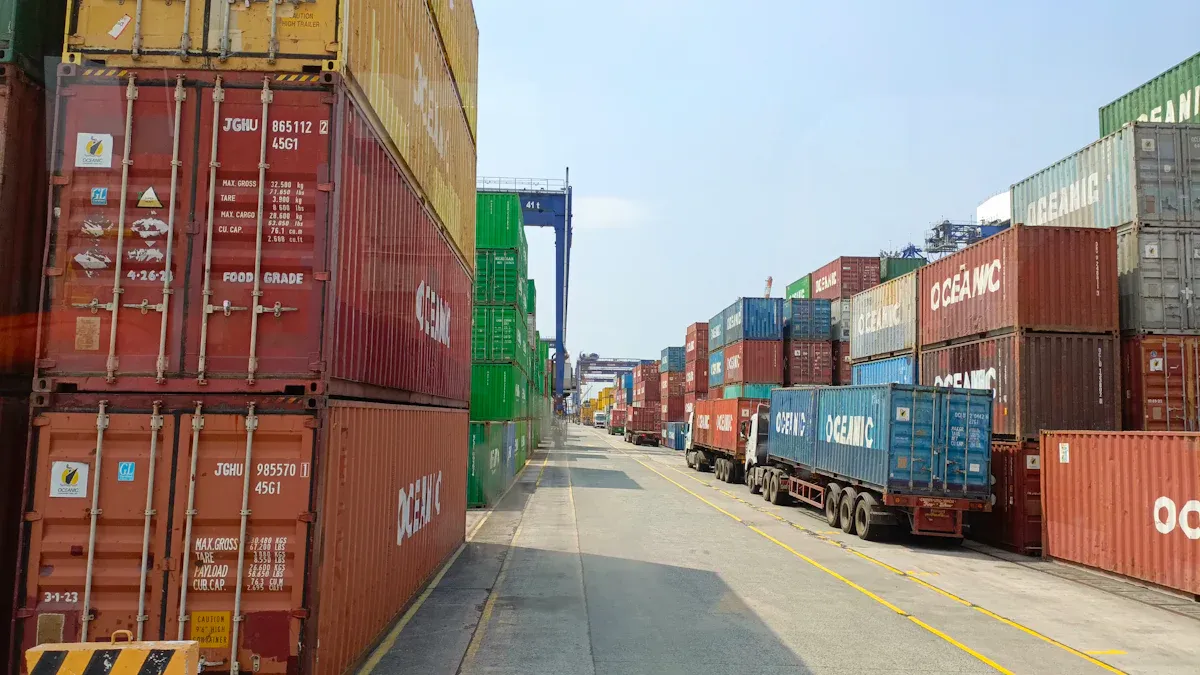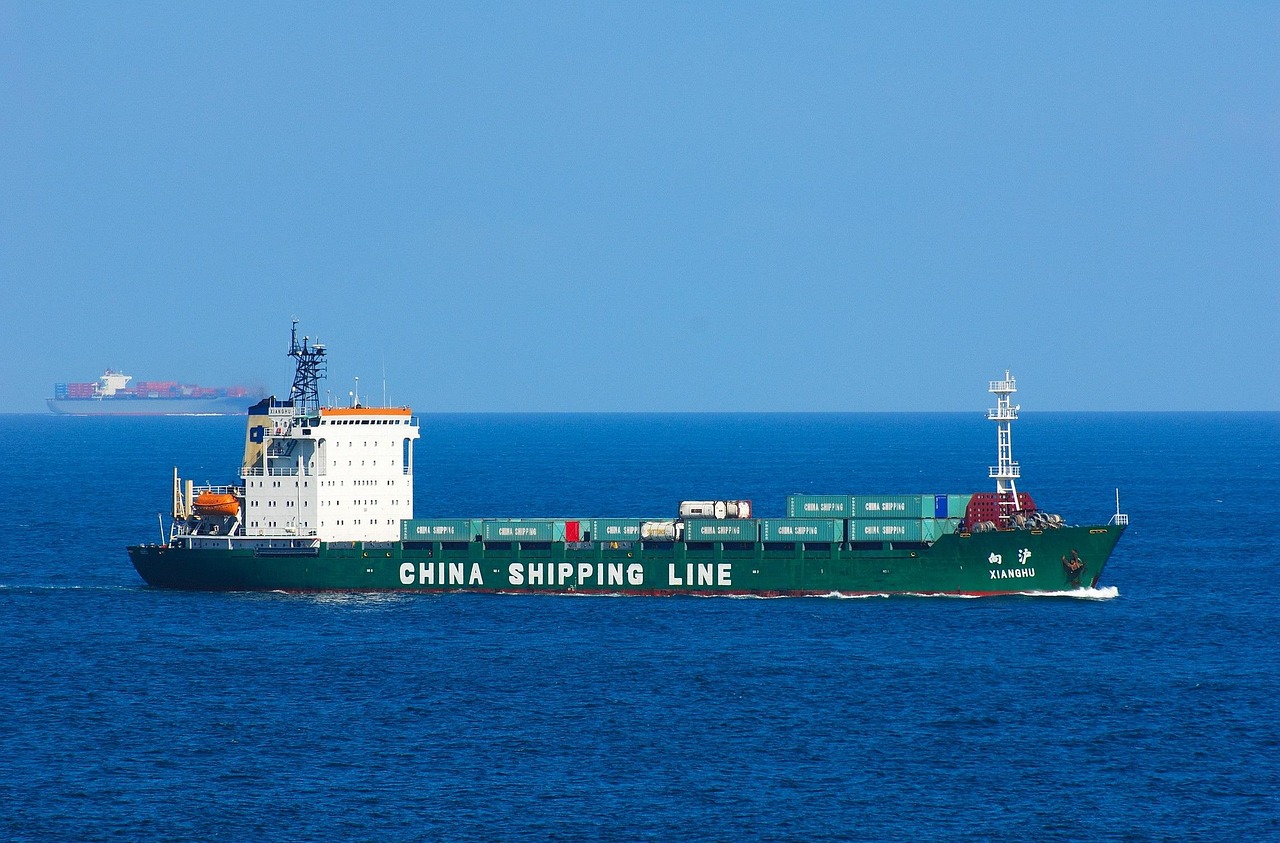New Ship Order Trends Between Japan and South Korea

Japan and South Korea have long been pivotal players in the global shipbuilding industry. Both nations produce merchant and combatant ships, stabilizing their industries. However, Japan's focus on domestic demand contrasts with South Korea's international expansion. The global decline in new ship orders has reshaped market shares.
Historical Evolution of Shipbuilding in Japan and South Korea

Japan’s Early Dominance in Shipbuilding
Japan’s shipbuilding industry began its rise during the Meiji period (1868–1912). The government heavily supported zaibatsu like Mitsubishi and Kawasaki, allocating 98% of state resources to these companies. This strategic investment laid the foundation for Japanese shipbuilding.
After World War II, Japan transitioned from warship production to commercial shipbuilding. The 1950s and 1960s saw rapid growth as the country capitalized on an export boom. By the 1970s, Japan became the global leader in shipbuilding, dominating the market with its efficient production techniques and high-quality vessels.
South Korea’s Rapid Growth and Global Leadership
South Korea’s shipbuilding journey began in earnest with the Heavy and Chemical Industrialization (HCI) policy of 1973. The government invested heavily in chaebol enterprises like Hyundai Heavy Industries, fostering rapid industrial growth.
Today, South Korea excels in constructing high-value vessels, particularly LNG carriers. In 2023, the country generated $30 billion in revenue, accounting for 22% of the global market. South Korea’s focus on innovation, such as smart shipbuilding technologies and eco-friendly designs, has solidified its position as a global leader.
Decline in New Ship Orders and Shifts in Global Leadership
The global decline in new ship orders has significantly impacted Japan and South Korea. China’s rise as a dominant player has reshaped the industry. In 2023, China held 43.8% of global ship orders, while South Korea and Japan accounted for 18% and 14.3%, respectively. This shift reflects China’s modernization efforts and government support. Meanwhile, Japan and South Korea face increasing pressure to innovate and adapt to changing market demands.
Understanding these trends is crucial for navigating future challenges. For tailored insights, Quote Now.
Current Market Dynamics and Ship Order Trends

Market Shares and Global Rankings
South Korea surpassed Japan in shipbuilding market share in 1999, driven by lower labor costs and efficient production methods. By 2022, China emerged as the dominant force, reshaping the competitive landscape for both nations. South Korea and Japan now face challenges in maintaining their positions in commercial shipbuilding, especially as they shift focus toward warship production for security.
The global shipbuilding market size is projected to reach USD 145.65 billion in 2024, with a CAGR of 4.85% from 2025 to 2032. Increased demand for ships since 2021, coupled with new environmental regulations like the Energy Efficiency Existing Ship Index (EEXI), continues to influence market dynamics.
Technological Specializations in Shipbuilding
Japan and South Korea have distinct technological strengths in shipbuilding.
Japan's early reliance on government-backed zaibatsu during the Meiji period laid the groundwork for its shipbuilding industries. Post-World War II, Japan shifted to commercial shipbuilding, contributing significantly to its economy.
South Korea, on the other hand, leveraged its chaebol system to dominate the global shipbuilding industry. Lower labor costs and cost-effective production methods have been key to South Korea's success. Both nations now focus on high-value vessels, such as LNG carriers, while adapting to evolving environmental standards.
Strategic Approaches to Exports and Innovation
South Korea's export strategies emphasize innovation and market-driven approaches. Between 2017 and 2021, arms exports rose by 177%, showcasing its capabilities in shipbuilding. The introduction of package deals, such as HD Hyundai's bundling of maintenance services with warship exports, reflects its competitive edge.
Japan has revised its defense export strategies, establishing the Acquisition, Technology & Logistics Agency (ATLA) to promote its defense industry. Participation in international exhibitions, like the Indo-Pacific International Maritime Exhibition in 2023, highlights Japan's proactive efforts to enhance global competitiveness. Both nations continue to innovate, ensuring their shipbuilding industries remain relevant and Japan ship orders not dropping very fast in a rapidly changing market.
For more insights into the shipbuilding industry, contact info@yqn.com.
Challenges and Future Outlook
Competition from Emerging Shipbuilding Nations
The global shipbuilding industry faces intense competition, particularly from emerging nations like China. High capital requirements create barriers for new entrants, but government subsidies and strategic initiatives have allowed Chinese shipbuilders to modernize and expand. This has enabled them to dominate high-value segments, such as LNG carriers and cruise ships. Traditional leaders like South Korean shipbuilding firms and Japan now face pressure to innovate and specialize.
The industry’s projected growth, from USD 155.58 billion in 2025 to USD 203.76 billion by 2033, underscores its significance. However, fluctuating steel prices and delays in adopting digital technologies remain challenges. Geopolitical tensions also influence trade routes and demand for military vessels, further intensifying competition.
Challenges | Future Trends |
|---|---|
Fluctuating steel prices | Advancements in sustainable practices |
Stringent environmental regulations | Investment strategies for growth |
Delays in adopting digital technologies | Innovations in shipbuilding processes |
Adapting to Decarbonization and Sustainability Goals
Decarbonization has become a critical focus for the shipbuilding industry. Stricter environmental regulations, such as the IMO 2023 guidelines, drive the adoption of green technologies. South Korean shipbuilding companies, like Hyundai Heavy Industries, lead in developing LNG-powered and hybrid propulsion systems. Japan’s Ecoship Project exemplifies efforts to reduce CO2 emissions by 40% through renewable energy and advanced designs.
Key innovations include:
LNG-powered ships as cleaner alternatives to traditional fuels.
Hybrid propulsion systems combining conventional engines with electric motors.
Renewable energy integration, such as wind and solar technologies.
These advancements not only meet environmental standards but also enhance the competitiveness of commercial ship exports.
Case Study | Description |
|---|---|
Ecoship Project (Japan) | A cruise ship designed to reduce CO2 emissions by 40% through renewable energy and advanced propulsion systems. |
Hyundai Eco-friendly Vessels | A series of ships featuring LNG propulsion and hybrid systems, developed by Hyundai Heavy Industries. |
YQN Logistics offers expertise to streamline supply chains and boost operational efficiency. Contact info@yqn.com for insights.
FAQ
What factors contribute to the success of South Korea ship orders?
South Korea excels due to government subsidies, advanced technologies, and a focus on high-value vessels like LNG carriers. These factors enhance its global competitiveness.
How do environmental regulations impact shipbuilding trends?
Stricter regulations drive innovation in green technologies, such as LNG-powered ships and hybrid propulsion systems. These advancements reduce emissions and improve efficiency.
💡 Tip: For more insights into shipbuilding trends, contact info@yqn.com.
Why did Japan's new ship orders decline in recent years?
Japan's decline stems from rising competition, higher production costs, and China's rapid modernization. However, Japan remains strong in quality-focused shipbuilding.

Shipping with YQN - Global Logistics at Your Fingertips
YQN has established subsidiaries worldwide, covering North America, Latin America, Southeast Asia, and the Middle East. We have partnered with 300+ top shipping and airline companies and have access to 3500+ high-quality supplier resources. YQN also has a professional customer service and fulfillment team of over 500 people to provide more worry-free and efficient international logistics services.
Contact Us
You can also email us at info@yqn.com.

